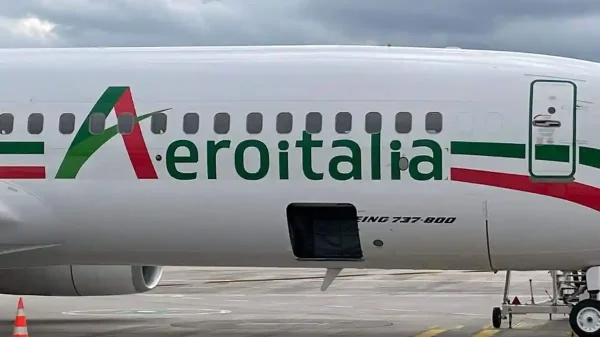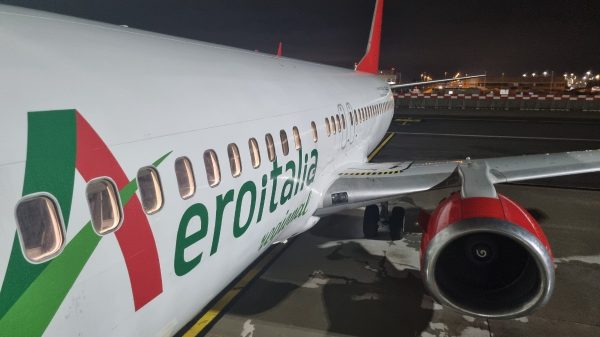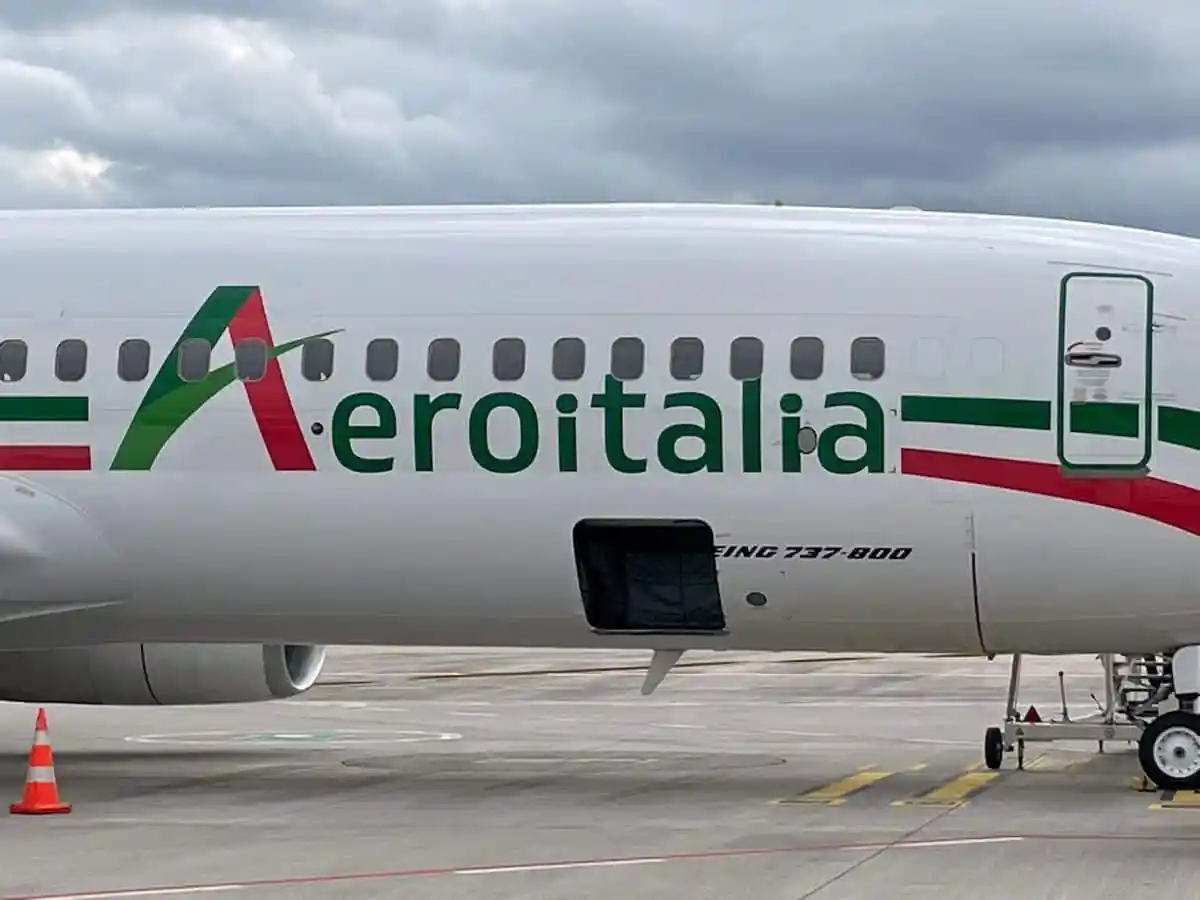Aeroitalia, the Italian airline that launched with bold promises to shake up domestic and short-haul routes, is now facing public backlash over its management practices and decision-making. The airline has raised eyebrows across the aviation sector with a string of operational blunders, questionable route launches, and public disputes, painting a picture of a company in disarray.
Perhaps the clearest indication of Aeroitalia’s internal dysfunction is its abrupt and shambolic departure from Comiso Airport, a vital regional hub in Sicily. With no warning and little explanation, the airline pulled out, leaving local authorities blindsided and passengers stranded. The reaction from officials was swift and scathing, accusing the airline of irresponsibility, poor communication, and a complete disregard for the communities the airline was meant to serve.
This wasn’t just a logistical hiccup, it was a strategic failure. Decisions of this magnitude should be the product of consultation, planning, and a clear long-term vision. Instead, what unfolded at Comiso looked more like a panic move, carried out with no thought for its consequences.
And yet, even as the dust settles in Sicily, Aeroitalia has already shifted its attention elsewhere. The carrier recently announced a new twice-weekly service between Parma and Olbia, due to start in June 2025. On paper, it’s a vote of confidence in expansion. In context, it raises eyebrows. How can an airline that can’t maintain core regional routes credibly promise new ones?
These doubts are only compounded by Aeroitalia’s inconsistent scheduling, including numerous cancelled and reinstated flights that have become a hallmark of the carrier’s operation. One high-profile incident in The Times left a passenger £3,600 out of pocket after incorrectly announcing a last-minute cancellation for a flight that wasn’t actually cancelled. This isn’t an isolated incident, passengers have been left stranded due to a last-minute flight cancellations with little explanation and even less customer service. Complaints about poor communication and long delays in issuing refunds have continued to pile up.
At the heart of these issues is a nagging question: Does Aeroitalia actually have a coherent business plan? Despite its claims of connecting underserved regions and offering affordable fares, the company’s route map has become a game of whack-a-mole. Cities are added and dropped with little warning, making it difficult for passengers and travel agencies to rely on the brand. Investors should be wary ahead of Aeroitalia’s rumoured IPO in 2026.
Instead of owning up to these problems and trying to work constructively with stakeholders towards a resolution, the airline seems intent on burning bridges. Aeroitalia has engaged in a number of public spats with the Italian Transport Department, often blaming regulators or airport operators for problems that appear to stem from poor internal management; it’s a dangerous strategy in an industry that depends heavily on cooperation and regulation.
Ultimately, no one will be surprised that passenger satisfaction is predictably low. Frequent flyers have voiced frustration over chaotic check-ins and lack of support during cancellations. In aviation, reputation is everything and Aeroitalia’s is nosediving.
























